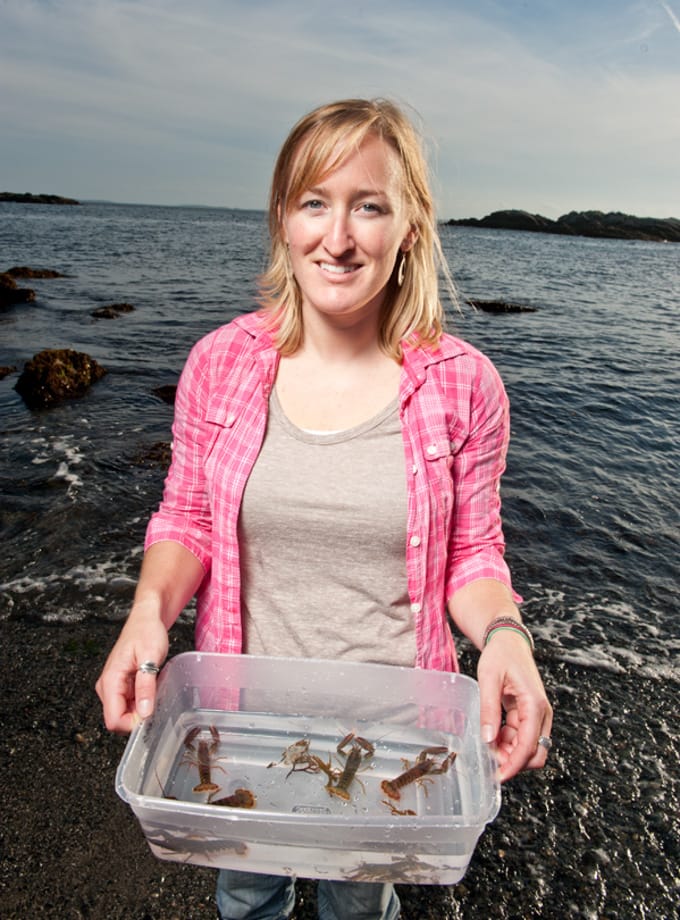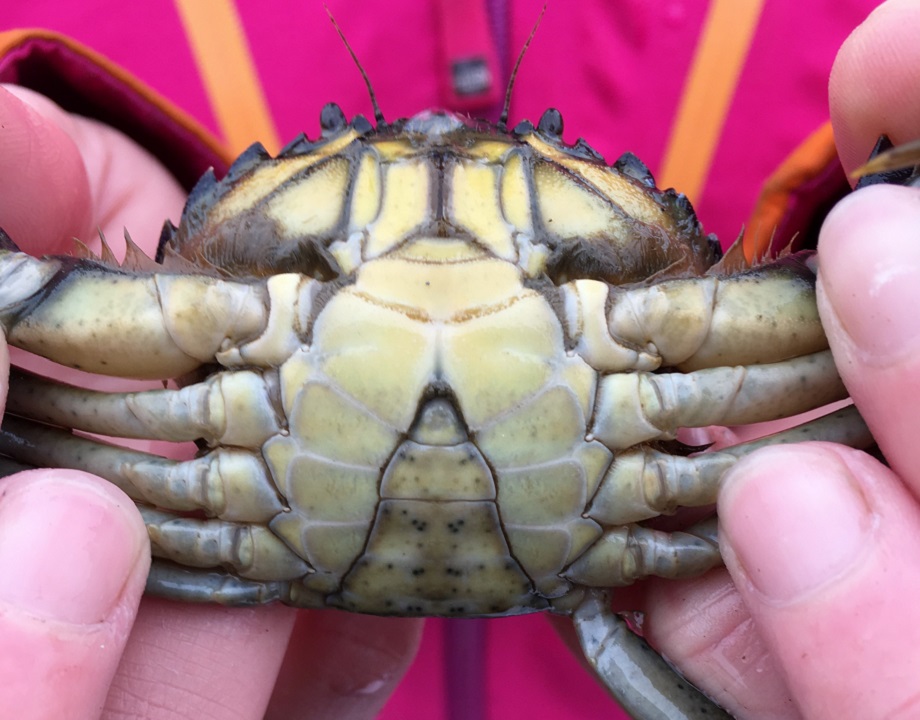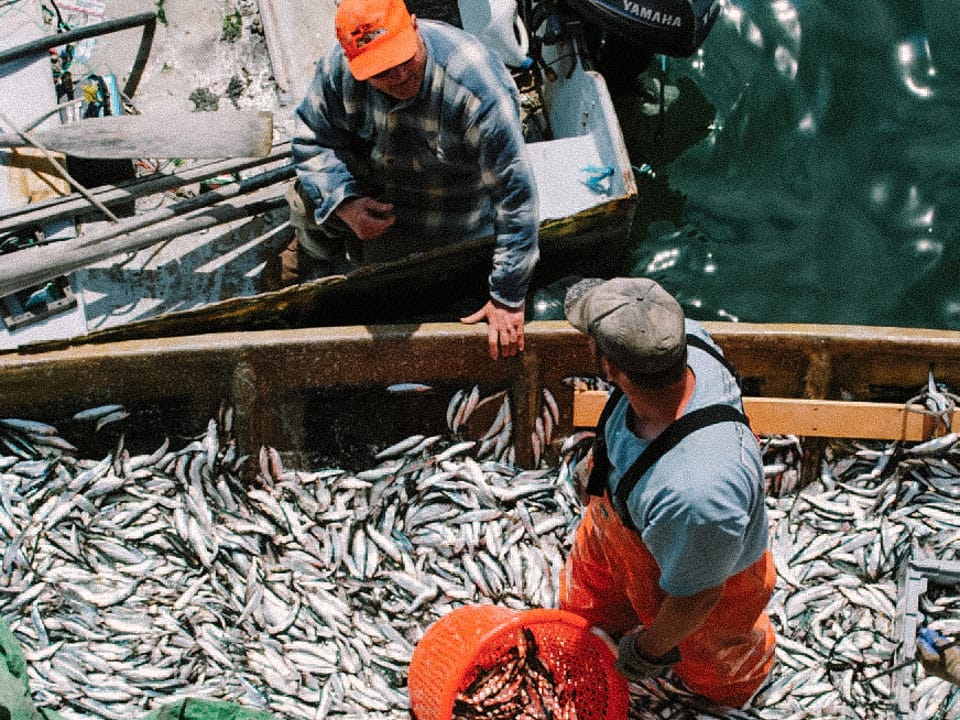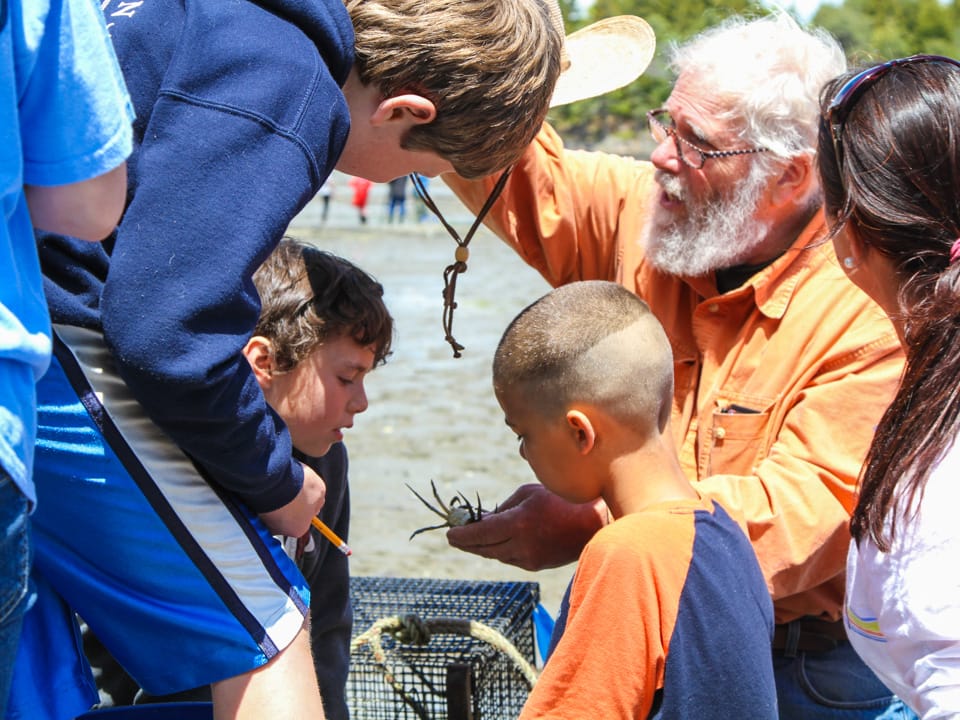Overview
Shellfish landings in Maine are at historic lows—due to the effects of climate change and an increase in predators like the invasive European green crab (Carcinus maenas) and the milky ribbon worm (Cerebratulus lacteus). Manomet is working with shellfish harvesters and aquaculturists on a suite of aquaculture projects to diversify clam, oyster and quahog harvests.
Soft-shell clam aquaculture
Soft-shell clams (Mya arenaria) are the second most valuable fishery in Maine—valued at about $18 million in 2014. Unfortunately, soft-shell clam landings in many coastal communities have reached historic lows. A soft-shell clam farm involves seeding sub-productive intertidal flats with hatchery-raised clams and then covering the seeded area with plastic netting to protect the clams from one of its main predators, the European green crab (Carcinus maenas). This “seeding and netting” method has been used in Maine and elsewhere to protect shellfish beds from predators for over thirty years. Some towns use the “seeding and netting” method for enhancement of their public soft-shell clam resource. As predation of wild clam flats intensifies with warming seawater temperatures, there is growing interest in clam farming as a means of adapting to changing conditions.
In 2014, Manomet worked with a shellfish harvester to establish, Heal Eddy Clam Farm, the first commercial-scale experimental clam farm in Maine. Then, funded by a NOAA Saltonstall-Kennnedy grant, Manomet helped establish five additional pilot farms in Maine. Our research is ongoing to determine the financial viability of this technique.
Manomet developed a guidebook to provide practical information for starting and maintaining a farm.





 Back to all
Back to all


